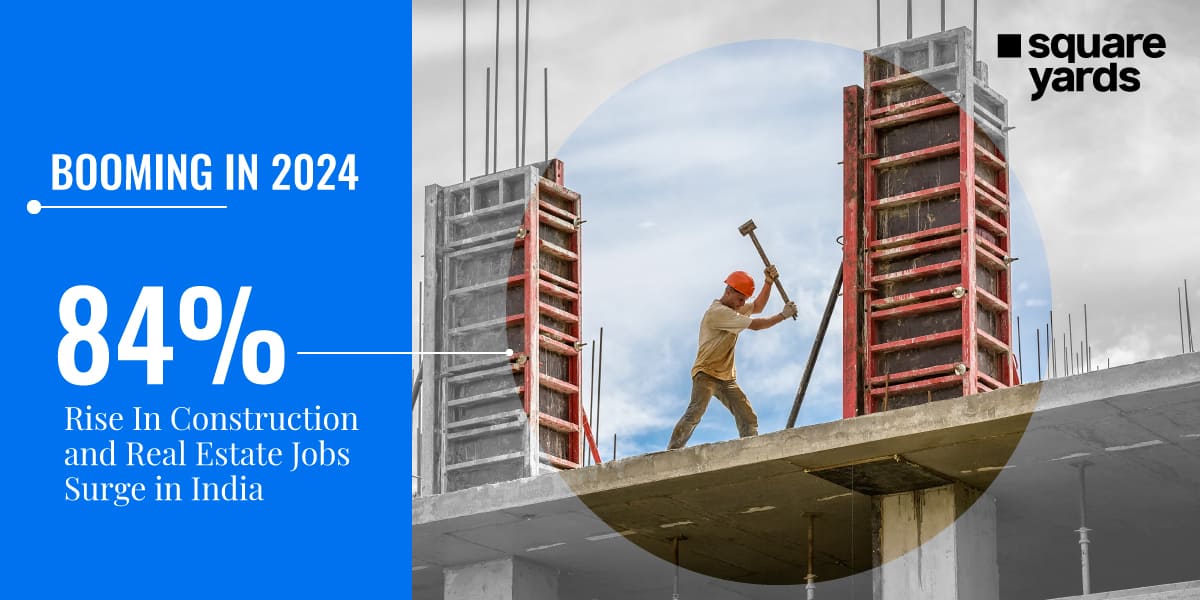With an increasing preference for personal independence, the senior living real estate segment expands its horizons.
Southern India dominates 70% of such projects across the country, with Tamil Nadu emerging as a prominent market in this segment. Alongside Chennai, Tier II & III cities have become promising senior living projects markets. Additionally, hill stations have carved out a niche market for themselves. According to stakeholders, as an increasing number of senior citizens choose to reside in their own private spaces, the senior living real estate sector is emerging as a prominent alternative asset class for players in the real estate industry.
Interestingly, there has been a significant surge in the demand for senior living housing. According to a recent report by the NSO (National Statistical Office), the elderly population (aged 60 years and above) in India is projected to reach 194 million by 2031, experiencing a remarkable 41% increase from 138 million in 2021, within a decade. As a result, the demand for senior living projects is expected to multiply several times over the next 4 to 5 years.
Senior citizen living, also known as retirement housing, is poised to become a major growth sector in the Indian real estate market. According to several reports, this segment is projected to encompass 25% or more of the Indian population by the year 2050. However, the necessary infrastructure to support this age group is still catching up.
Previously, old-age homes were considered taboo in a collective and family-oriented culture. However, with the rise of nuclear families and a substantial number of non-resident Indians (NRIs) having elderly family members in the country, perceptions are gradually changing. Old-age homes, which were often understaffed and lacked essential infrastructure, are now gradually giving way to retirement housing communities dedicated to the well-being of senior citizens.
These communities typically establish partnerships with leading hospitals and medical care providers, while their staff members receive training in elderly care, addressing specific nutritional and dietary requirements. The infrastructure is designed to enhance the convenience of senior citizens, enabling them to live in these communities. These are designed to reside on their own terms without relying on their children.
For children physically distant from their parents, this provides an opportunity to alleviate their guilt while offering their parents a better quality of life within these communities. Relationships between parents and children often improve since the latter have access to all necessary amenities and enjoy greater independence.
Mr. Ankit Aggarwal, the Managing Director of Devika Group, attributes this trend to the availability of attractive financing options, abundant land for constructing larger complexes, and the desire of numerous senior citizens to spend their later years on their own terms. Various serviced housing projects are facilitating a comfortable living environment where seniors can enjoy life with decorum.
The tendency of seniors to relocate to low-density cities is also contributing to the growth of this market. Additionally, it presents opportunities for builders to establish the latest projects in less competitive markets. Vrindavan, located 180 km from Delhi in Uttar Pradesh. It stands out as the most prominent destination due to its massive demand.
By 2025, reports indicate that the approximate population of individuals over 60 in India is expected to reach a staggering 173 million. This presents a significant opportunity for the Indian real estate sector to cater to the needs of this growing demographic.
This will bring a boom in the real estate industry. The phenomenon is also called the ‘silver economy’. The concept of the silver economy encompasses various economic activities, products, and services. These are tailored to meet the needs of individuals aged 50 and above. Originating from the silver market phenomenon observed in Japan, which has the highest proportion of people over 65, during the 1970s, this term encompasses sectors such as telecommunications, housing, healthcare, banking, energy, leisure,automotive, and tourism, among others.
Technological innovation will play a crucial role in the silver economy. Advancements in home automation, AI (Artificial Intelligence), IoT (Internet of Things), e-Health, and other smart city services have captured the interest of a mature audience that still feels youthful. In the following section, we will explore the key characteristics that define consumers in the silver economy.
According to a report by PTI (Press Trust of India), southern cities hold a significant share of the senior living sector in India. Cities like Coimbatore, Bangalore, and Chennai are leading the way, while Delhi-NCR and Dehradun monopolise the northern region. Pune, on the other hand, emerges as the most desirable retirement destination in the western part of India. Ankit highlights that these senior living facilities address crucial inconveniences for elderly individuals, such as the absence of quality healthcare, safety concerns, monotony, and the challenges of managing household chores and daily cooking.
Mr. Adarsh Narahari, the Managing Director of Primus Senior Living, notes that there is a growing understanding of the benefits of residing in retirement communities, and this changing mindset within new India has accelerated the industry’s growth.The population growth rate shows that the senior population will expand much faster, with a growth rate of 3.8% compared to the overall population growth of 2%. The demand for senior citizens’ real estate market in India remains largely untapped. A noticeable shift has been observed in the living patterns of seniors, with over 60% living independently and less than 40% residing in joint families over the age of 65.






















